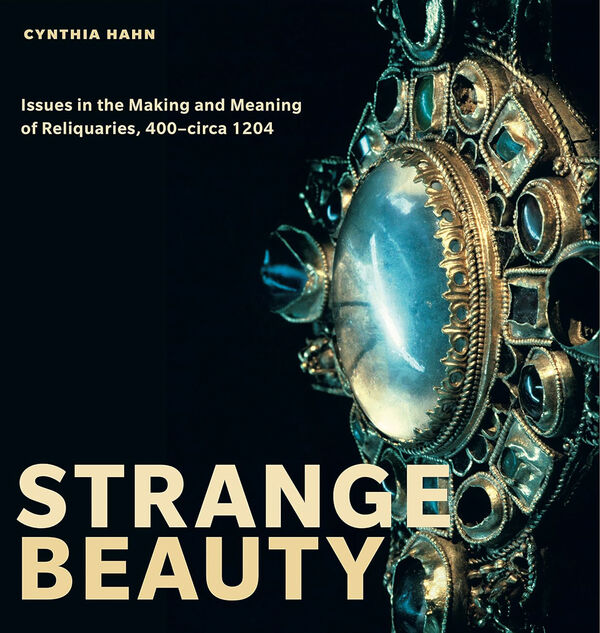Contact
art book cologne GmbH & Co. KG
Deutzer Freiheit 107
50679 Köln
Germany
Opening hours (office and showroom):
Monday to Friday 8 – 17
info@artbookcologne.de
Phone: +49 221 800 80 80
Fax: +49 221 800 80 82
About us
art book cologne, founded by Bernd Detsch in 1997, is a wholesale company and specializes in buying and selling high quality publications in art, art theory, architecture, design, photography, illustrated cultural history and all related subjects internationally. Our team includes specialists in art, culture, music, book trade and media but in spite of our diversity we have one common ground: the enthusiasm for unique art books.
We purchase remaining stocks from museums, publishers and art institutions. We sell these remainders to bookstores, museum shops, and art dealers all over the world.
Strange Beauty
| Publisher | Pennsylvania State University Press |
| Year | 2012 |
| Cover | Softcover |
| Language | English |
| ISBN | 978-0-271-05948-8 |
| Pages | 312 |
| Weight | 1124 g |
| More | |
| Author(s) | Cynthia Hahn |
| Article ID | art-61338 |
Reliquaries, one of the central art forms of the Middle Ages, have recently been the object of much interest among historians and artists. Until now, however, they have had no treatment in English that considers their history, origins, and place within religious practice, or, above all, their beauty and aesthetic value.
In Strange Beauty, Cynthia Hahn treats issues that cut across the class of medieval reliquaries as a whole. She is particularly concerned with portable reliquaries that often contained tiny relic fragments, which purportedly allowed saints to actively exercise power in the world.
Above all, Hahn argues, reliquaries are a form of representation. They rarely simply depict what they contain; rather, they prepare the viewer for the appropriate reception of their precious contents and establish the story of the relics. They are based on forms originating in the Bible, especially the cross and the Ark of the Covenant, but find ways to renew the vision of such forms. They engage the viewer in many ways that are perhaps best described as persuasive or rhetorical; and Hahn uses literary terminology – sign, metaphor, and simile – to discuss their operation. At the same time, they make use of unexpected shapes – the purse, the arm or foot, or disembodied heads – to create striking effects and emphatically suggest the presence of the saint.

